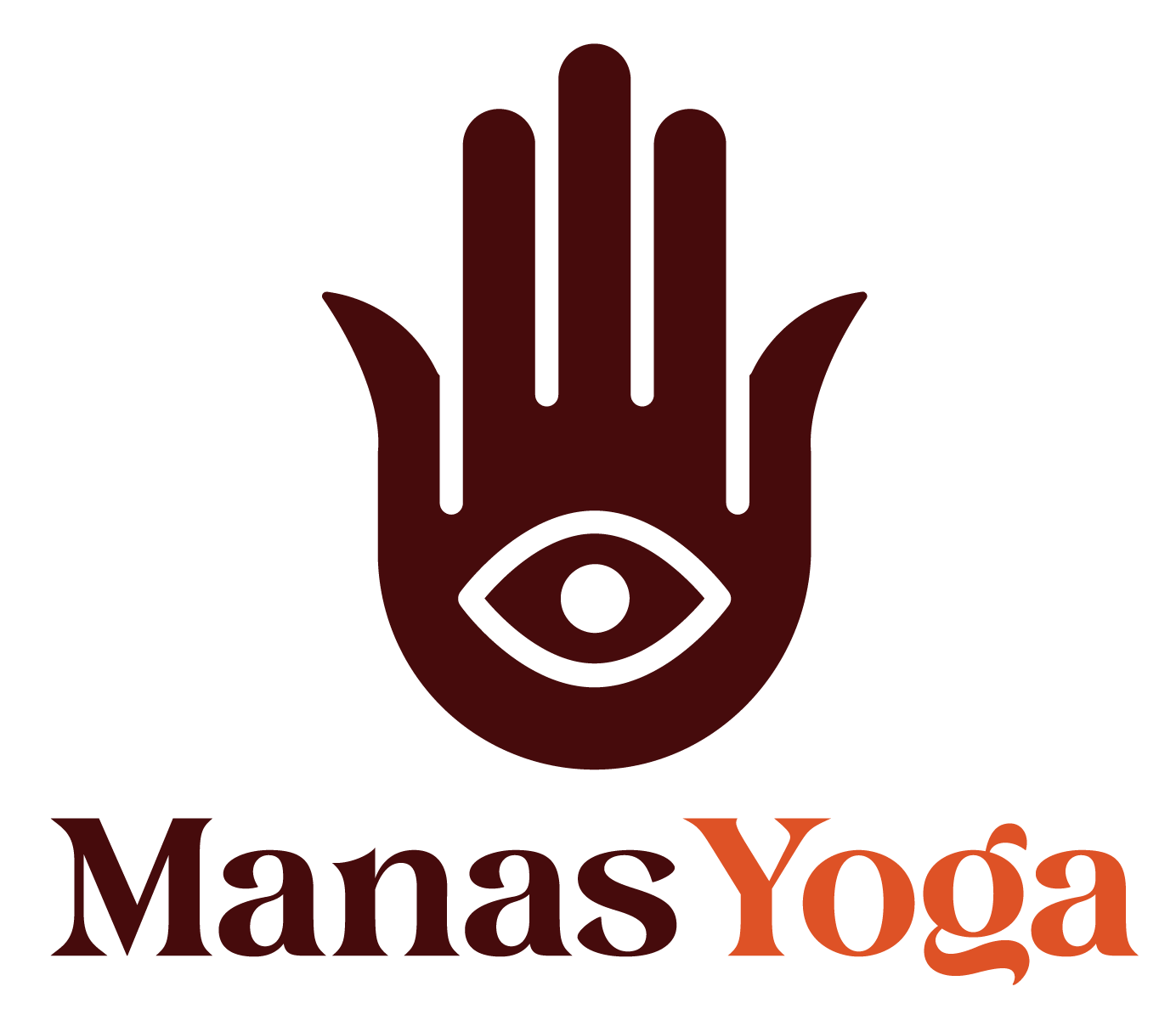The Essence of Vinyasa Flow: A Harmonious Journey of Breath and Movement
By: Erika Smith Iluszko
In the tradition of Viniyoga, as I was taught by the esteemed T.V.K. Desikachar and A.G. Mohan (I was blessed and very grateful to be able to learn from these two giants personally), Vinyasa Flow classes embody a profound integration of breath and movement. Rooted in the teachings of Desikachar’s father, T. Krishnamacharya, Desikachar’s and Mohan’s approach to Viniyoga focuses on adapting yoga practices to meet individual needs. In this blog, I’ll try to explain the essence of Vinyasa Flow classes as I’ve learned it from T.V.K. Desikachar and Mohan.
Breath-Centric Movement
At the core of Viniyoga-based Vinyasa Flow lies the emphasis on breath-centric movement. Desikachar and Mohan believed that the breath serves as a bridge connecting body and mind. Each movement is guided by the rhythm of the breath, making the practice a seamless union of prana (life force) and movement. This approach creates a deeply meditative and introspective experience, where practitioners can explore their internal landscape with awareness and sensitivity. In this way the breath dictates the measure of the movements, it tells us when the movements begin and end.
Personalized Practice
One of the unique aspects of Viniyoga is its adaptability to individual needs. Desikachar encouraged teachers to craft Vinyasa Flow sequences that cater to the specific requirements of their students. Whether modifying postures, adjusting breath patterns, or varying the pace, the practice is tailored to honor each practitioner’s unique body and journey. This personalized approach ensures that yoga is accessible and beneficial to people of all ages, abilities, and health conditions. This is why my classes are sometimes more vigorous, sometimes lighter, sometimes fast, and sometimes slower. I always come with a prepared sequence but I am also ready to throw this prepared class if I see that the energy in the room does not match my plans. My focus is the needs of the practitioners at that specific time.
Intelligent Sequencing
In Vinyasa Flow classes influenced by Viniyoga, the sequencing of postures is carefully crafted to build upon each other gradually. The sequence flows smoothly, allowing practitioners to experience a sense of continuity and unity. The intelligent sequencing helps to prepare the body for more challenging poses while also ensuring a balanced and well-rounded practice. This way the peak pose becomes, although the most challenging, also the easiest, since the body has been prepared for it all along the class.
Yoga as Therapy
Desikachar and Mohan viewed yoga as a therapeutic tool, offering healing for physical, emotional, and mental ailments. In Vinyasa Flow classes based on Viniyoga, teachers are encouraged to address individual concerns and tailor the practice accordingly. As practitioners move through the sequences mindfully, they cultivate a deeper understanding of their bodies and emotions, fostering self-awareness and self-acceptance.
Emphasis on Meditation and Contemplation
Within the dynamic flow of Vinyasa, moments of stillness and contemplation are embraced. Desikachar and Mohan highlighted the importance of integrating meditation and reflection into the practice. As students move through postures, they are encouraged to turn inward, observing their thoughts and feelings with non-judgmental awareness. This contemplative aspect of Vinyasa Flow brings a profound sense of inner calm and self-discovery.
In the tradition of Viniyoga, Vinyasa Flow classes become an immersive journey of breath, movement, and self-exploration. This approach emphasizes the union of breath and movement, personalized practice, intelligent sequencing, and the therapeutic essence of yoga. Through my Vinyasa Flow classes in the spirit of Viniyoga, practitioners embark on a transformative path, where the art of yoga weaves its wisdom into the tapestry of their lives.
Join my Viniyoga inspired Vinyasa Flow Classes, check out our schedule and I’ll see you on the mat.
